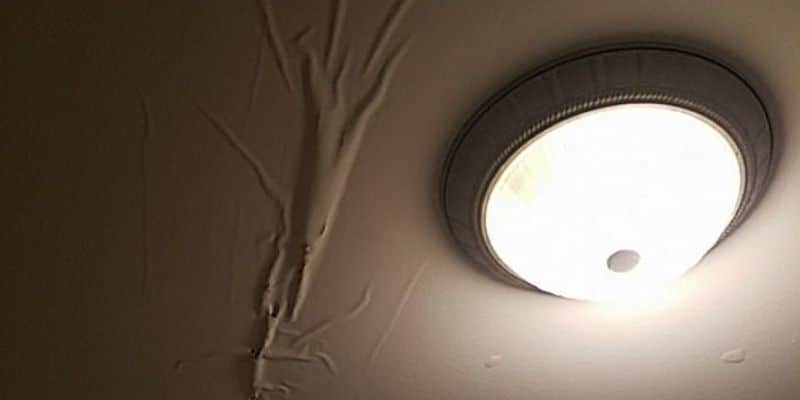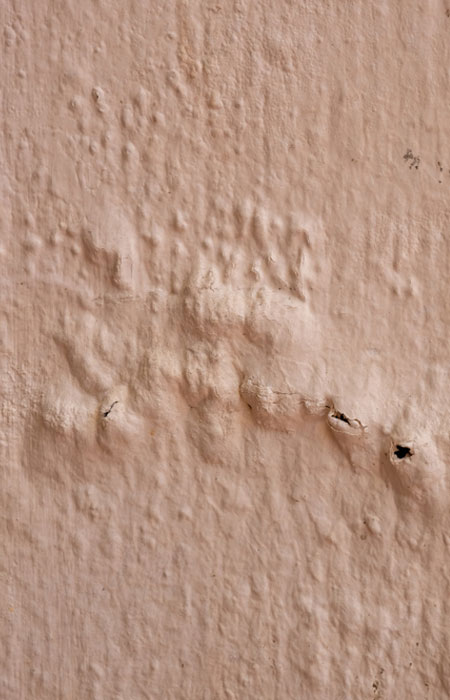A Deep Dive Into Water Stains On Walls - Detection And Repair Techniques
A Deep Dive Into Water Stains On Walls - Detection And Repair Techniques
Blog Article
We've stumbled on this post on How to Find and Repair Water Leaking in the Wall listed below on the net and thought it made good sense to relate it with you on my blog.

Water discolorations on walls are not pleasurable to the eyes. Sometimes it appears almost unavoidable to experience water discolorations on walls in houses.
Homeowners residing in moist regions continuously manage the fear of water spots on wall surfaces. But that doesn't need to be the case for you. With exact and all-round details on the causes of water stains as well as punctual repair processes, you will certainly constantly be a step ahead of such occurrences. So, this post assures to be a helpful guide for you.
3 Typical Root Causes Of Water Discolorations on Wall Surfaces
Unlike common belief, water discolorations on wall surfaces do not constantly stem from poor building materials. There are several causes of water stains on walls. These include:
Moist
When warm wet air meets completely dry cool air, it triggers water beads to base on the walls of buildings. When there is steam from cooking or showers, this occurs in cooking areas and also washrooms. The water droplets can stain the surrounding walls in these parts of your residence as well as spread to other areas.
Moist or condensation impacts the roofing system as well as walls of buildings. This causes them to appear darker than other areas of the home. When the wall surface is wet, it develops an ideal setting for the development of germs as well as fungis. These may have adverse results on wellness, such as allergic reactions and also breathing conditions.
Poor Drainage
When making a building strategy, it is critical to make sure sufficient drainage. This will certainly protect against water from leaking into the walls. Where the water drainage system is blocked or nonexistent, below ground dampness develops. This links to too much dampness that you discover on the walls of your structure.
The leading reason of damp walls, in this instance, can be a bad drainage system. It can additionally be because of inadequate administration of sewage pipelines that run through the structure.
Pipe Leaks
Most residences have a network of water pipes within the wall surfaces. This guarantees that the pipelines are faraway from the reach of harmful rodents. It constantly enhances the viability of such pipelines, as there is little oxygen within the wall surfaces. This discourages corrosion.
A drawback to this is that water leakage impacts the walls of the structure and creates widespread damages. An indication of faulty pipelines is the appearance of a water discolor on the wall.
Pro Idea
A houseplant in your home additionally increases its moisture. If the home is currently damp, you might want to present houseplants with minimal transpiration. An instance of suitable houseplants is succulents.
Water Spots on Wall Surface: Repair Work Tips
Home owners would typically desire a quick fix when dealing with water spots. Yet, they would quickly realize this is detrimental as the water spots repeat. Right here are a couple of helpful tips that will direct you in the repair service of water discolorations on wall surfaces:
Final thought
No one wants to have water stains on wall surfaces in their house, it can occur to the finest of us. This short article gives you utilize, as you currently understand how to manage this problem if it does happen.
It is always best to hire specialist services to help fix the problems in your home.
Sometimes it appears nearly inescapable to experience water stains on wall surfaces in residences.
In contrast to preferred idea, water spots on walls do not always stem from poor building materials. There are numerous reasons of water discolorations on walls. The water droplets can tarnish the bordering walls in these parts of your residence as well as spread to other locations.
Below are a couple of valuable tips that will certainly direct you in the repair of water discolorations on wall surfaces:
CHECKING FOR WATER DAMAGE
Water damage can be costly, and it may begin before you even notice the first signs of trouble. Water damage can cause mold and mildew in your walls and floors, which can create an abundance of health concerns for your family. It can also lead to costly repairs of various appliances and general home fixtures. To avoid the pricey consequences of water damage, here are Warner Service’s top 5 places you should check:
The walls – The easiest place to spot the beginnings of water damage is on the walls and ceilings of your home. If water damage is present, there will most likely be water stains, especially around the windows and doorframes, and/or cracks in the drywall. If a stain looks unusual (discolored to brown, black or gray, raised texture), has a swollen appearance or is soft to the touch, contact a professional immediately. The pipes – To avoid water damage, consistently check the pipes in your kitchen (especially the dishwasher and ice maker), bathrooms, laundry room (specifically washing machines) and basement for corrosion, leaks and water stains. Pay special attention to where the pipes connect in your home and the location of caulking around the bathroom fixtures, including toilets, sinks, showers and tubs. Missing or loose caulking and grout could be signs of leaking water. This seepage can also quickly cause mold and rust, so double check your water heater and tank for wet spots on the floor. The floor – Water damage is very easy to spot on the floor. Look for any warping or buckling of the material, especially in the basement. If your home has wood flooring, look for bright white or dark stains. If your home has carpeting, keep it dry and clean. A damp carpet that smells of mold could cause water damage and health problems. To avoid this, consider installing floor pans under your appliances to help prevent damages from small, slow and undetected leaks. The basement and attic – If your basement or attic smells odd check for mold and mildew around the area, especially the valley where the roof meets. While you are inspecting those areas, check for wall cracks, floor stains, rust and dampness in the insulation. If you live in a colder and/or rainier climate, perform routine checks for water damage from melting snow or ice and rain. The exterior – Check the roof for damaged flashing and missing, cracked or curled shingles. There should also be no standing water anywhere outside your home. This could be caused by puddles, leaky rain gutters or hoses, poor drainage, or short gutter spouts. Invest in a sump pump system or water flow monitoring system, and perform routine maintenance on these outdoor appliances to avoid indoor water damage.

Do you like more info about Water Stains on Walls? Create a short review further down. We would be glad to know your views about this blog post. We are looking forward that you visit us again later on. You should take the opportunity to share this entry if you liked it. We cherish reading our article about .
Booking
Report this page